Foro IB
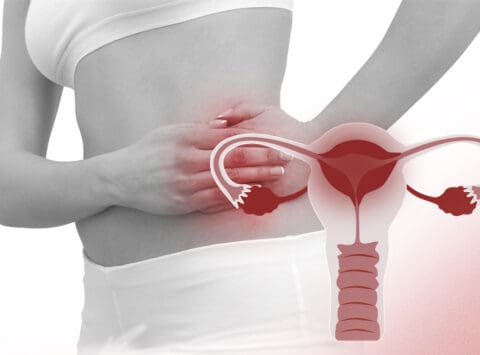
How does pelvic inflammatory disease (PID) affect when I want to get pregnant?
What is the pelvic inflamatory disease (PID)? Pelvic inflammatory disease (PID) is a gynaecological problem, which consists of an infection development affecting the female internal genital tract (uterus, tubes and ovaries), sometimes extending to the …
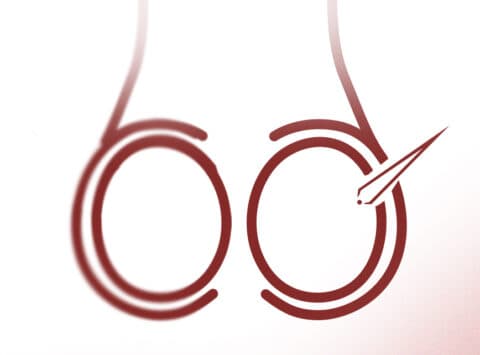
Open testicular biopsy or TESE (Testicular Sperm Extraction) is a simple surgical procedure performed in the operating theatre by a specialised urologist under local anaesthesia or sedation.

The assisted reproduction in humans that we are familiar with today would not have been possible without the discoveries made over 70 years ago.
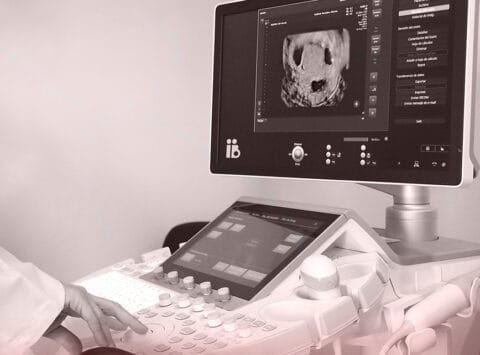
Hysteroplasties: do uterine malformations always need to be corrected?
Surgical correction techniques performed on uterine malformations are known as hysteroplasties and metroplasties. The most recent classification published by the European Society of Human Reproduction and Embryology (ESHRE) states that between 4 and 7% of […]
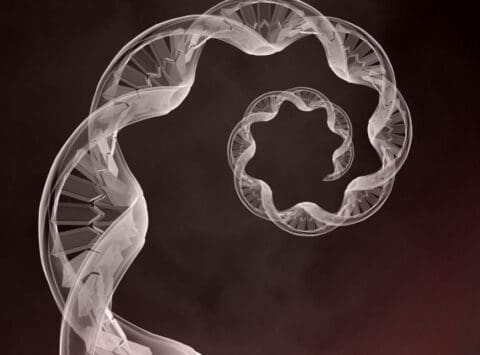
Thalassaemias include a group of hereditary anaemias (from mild to lethal) caused by defects in the synthesis of one or more globin chains. Globins are the protein part of haemoglobin, the red blood cells main […]

Can there be a fear of rejection of the child born through egg donation?
Egg donation is the most frequent reason for consultations, and it’s the technique of Assisted Reproduction that involves most emotional process. Índice1 Why does having a child with this technique affect me so much?2 This […]

Kallmann Syndrome: Hypogonadism in women and men
Kallmann syndrome is a genetic disease characterised by an absence of sex hormones (hypogonadism) due to a deficit of gonadotropin-GnRH (hypogonadotropic) hormone releasing and, lack of smell (anosmia).
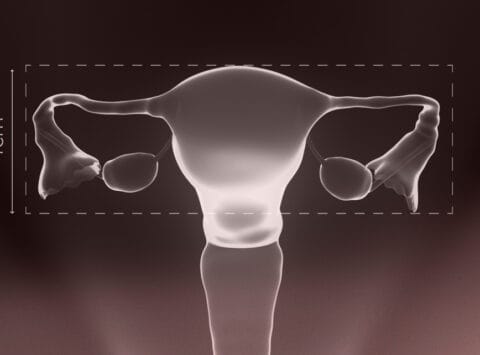
What is the infantile uterus and what are the possibilities of pregnancy?
The uterus, or womb, is a woman’s reproductive organ where pregnancy occurs, and is destined to undergo changes throughout the woman’s reproductive years. In a small percentage of women, the uterus doesn’t correctly develop, which […]

Artificial Intelligence and Assisted Reproduction
Since 1955, when John McCarthy coined the term Artificial Intelligence (AI) and the development of powerful computers with great capacity for data analysis and storage, a multitude of applications and information based on AI have […]
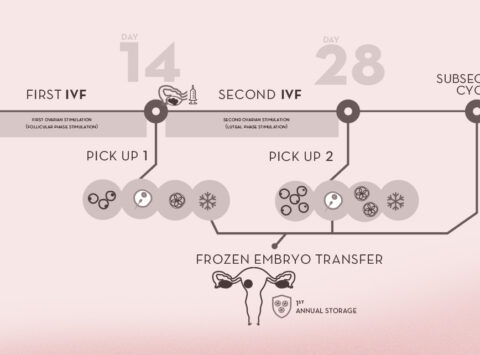
Double IVF for low ovarian reserve
Double IVF consists of performing two in vitro fertilisation treatments in a single cycle, in order to accumulate the embryos resulting from each process. This way, we would carry out a first ovarian stimulation and […]
